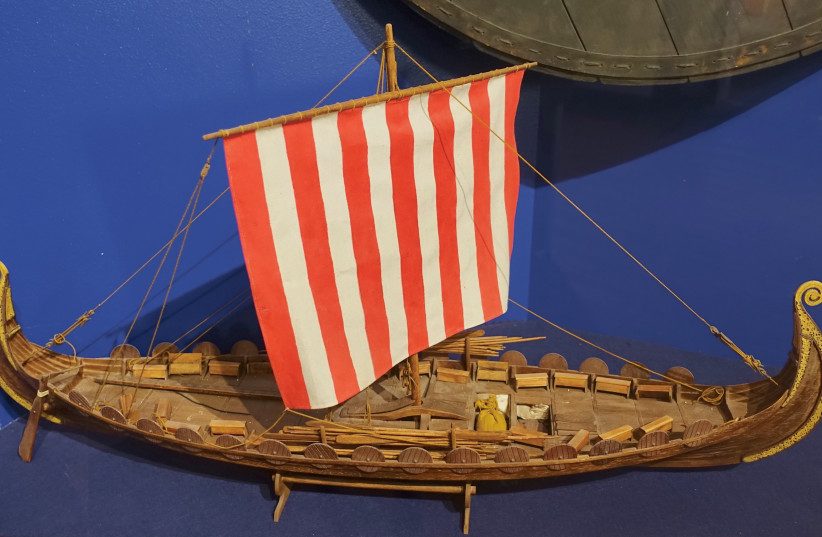Two archaeologists in Sweden discovered numerous plants onboard a sunken Norse ship from the 1400s.
The archaeologists, Mikael Larsson and Brendan Foley from Lund University, published their findings in a peer-reviewed study in PLOS ONE in January.
History of the shipwreck
During the late 15th century, the Danish King Hans was set to meet with Swedish ruler Sten Sture the Elder to broker a deal that would give him control over Sweden as part of a united Nordic kingdom. However, while it was docked off the coast of Sweden, Hans' ship Gribshunden caught fire and sank. The ship was filled with warriors and luxury goods in order to bolster Hans in a potential agreement.
Following the loss of his ship, Hans attacked and conquered Sweden instead.

“Exotic spices were status markers among the aristocracy in Scandinavia and around the Baltic Sea during the Middle Ages.”
Study
The shipwreck was found during the 1960s and a new study was conducted from 2019-2021.
In the more recent study, researchers found that containers holding over 3,000 specimens of well-preserved plant material had been missed by teams that studied the shipwreck.
How the materials were preserved
"The wooden shipwreck structure on the sea floor creates a microenvironment by capturing drifting marine algae, with seasonal deposits of algae reaching depths of 40 cm in and around the wreck. As the algae decay, localized areas of oxygen depletion occur, characterized by the presence of white mats of organic matter. These factors contribute to excellent preservation of archaeological remains, particularly plant foods carried aboard the ship," the study noted.
Some of the plants the researchers found included almonds, ginger, saffron and peppercorns, as well as spices such as cloves, mustard, dill and nutmeg. Some of the spices would have originated in Indonesia, which suggests that Hans had developed a large trade network. The team also found snacks, including dried blackberries, raspberries, grapes and flax, indicative of the wealth and power Hans has amassed.
"Exotic spices were status markers among the aristocracy in Scandinavia and around the Baltic Sea during the Middle Ages," the study added.
